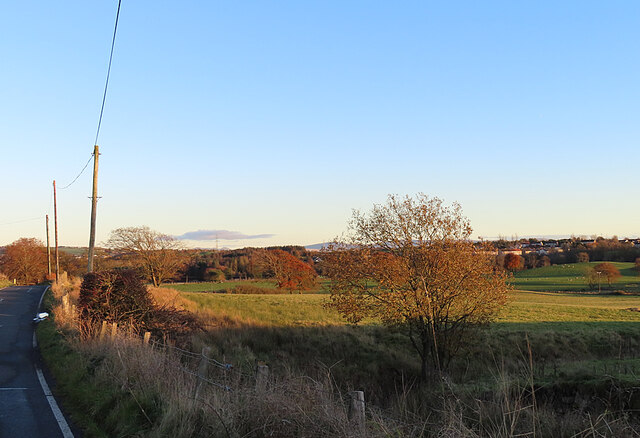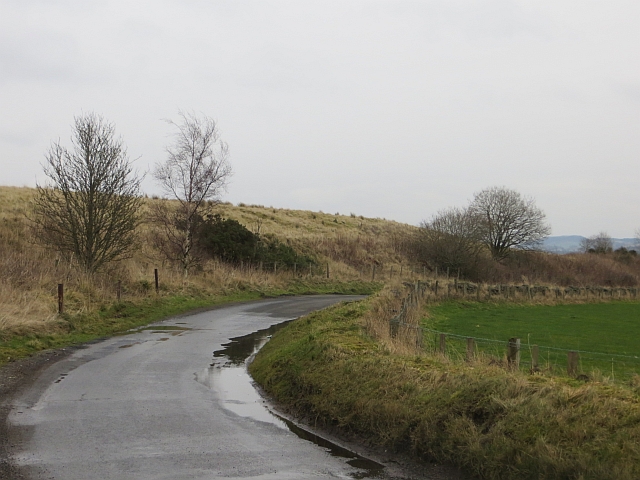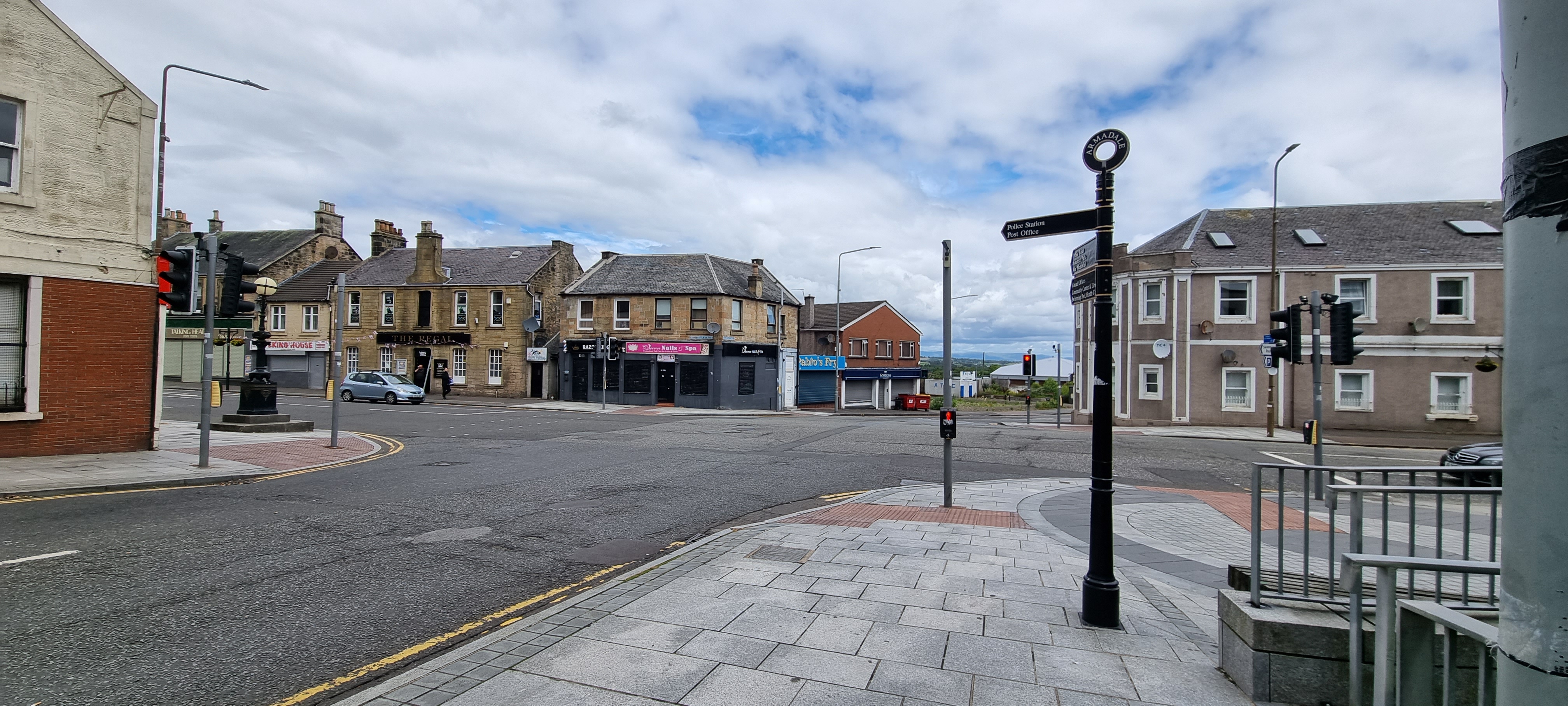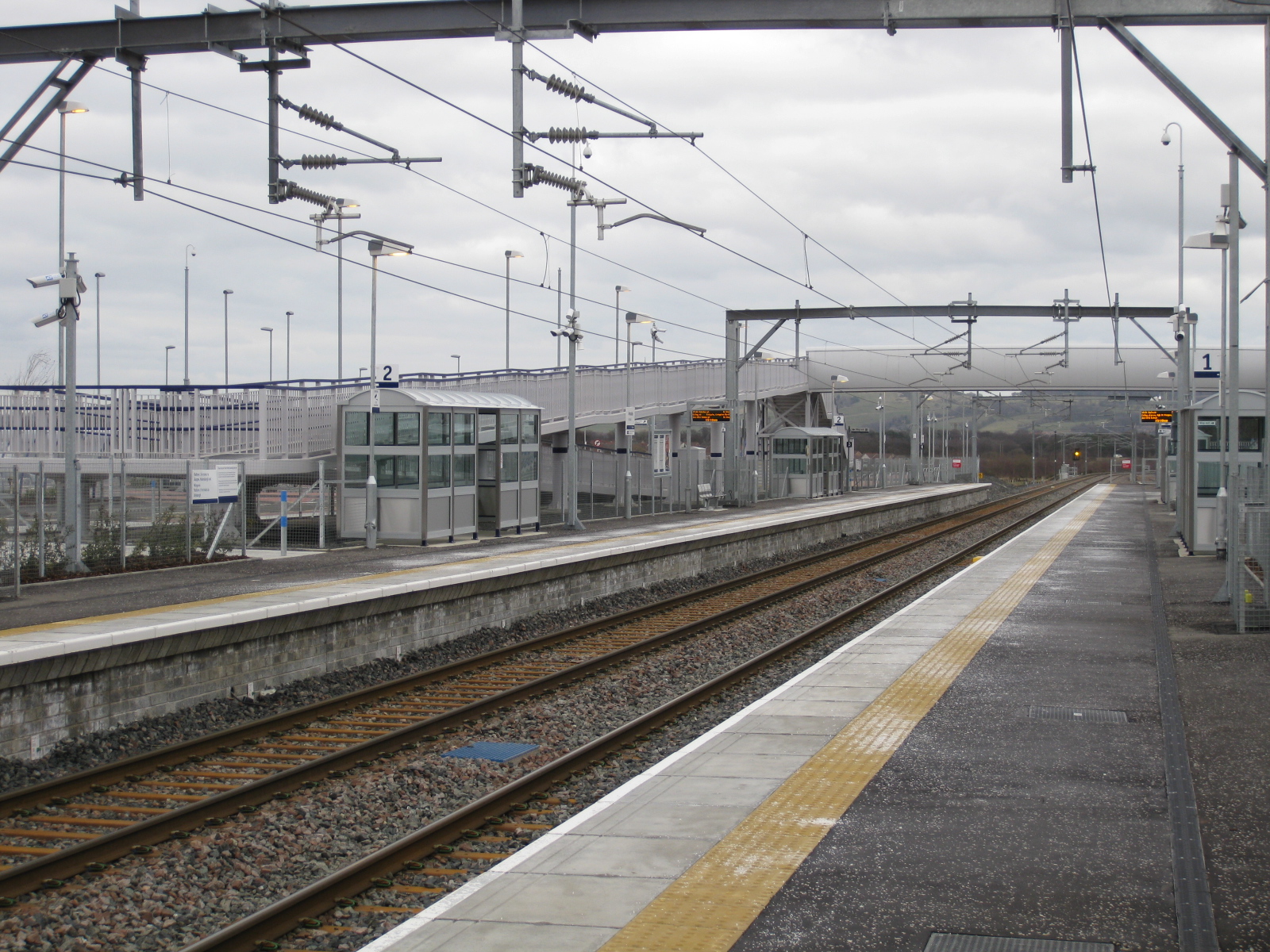Barbauchlaw
Settlement in West Lothian
Scotland
Barbauchlaw

Barbauchlaw is a small village located in West Lothian, Scotland. Situated approximately 3 miles southeast of the town of Bathgate, it is surrounded by picturesque rural landscapes and offers a tranquil and scenic living environment.
The village is primarily residential, with a small population of around 500 residents. It is known for its tight-knit community and friendly atmosphere, making it an ideal place for families and individuals seeking a peaceful lifestyle. The village also benefits from excellent transport links, with easy access to major roads including the M8 motorway, providing convenient connections to nearby towns and cities.
Barbauchlaw is home to a few local amenities, including a primary school, a community hall, and a local shop providing basic necessities. The village is also within close proximity to a range of additional amenities in nearby Bathgate, including supermarkets, restaurants, and leisure facilities.
Nature lovers will appreciate the village's proximity to beautiful countryside and outdoor recreational areas. Residents can enjoy peaceful walks along the nearby Almondell and Calderwood Country Park, which offers stunning natural landscapes and various trails for walking, cycling, and horse riding.
Overall, Barbauchlaw provides a peaceful and close-knit community environment, surrounded by scenic landscapes and offering easy access to essential amenities. Its ideal location, combined with its welcoming atmosphere, makes it an attractive place to call home in West Lothian.
If you have any feedback on the listing, please let us know in the comments section below.
Barbauchlaw Images
Images are sourced within 2km of 55.90253/-3.70916 or Grid Reference NS9369. Thanks to Geograph Open Source API. All images are credited.



Barbauchlaw is located at Grid Ref: NS9369 (Lat: 55.90253, Lng: -3.70916)
Unitary Authority: West Lothian
Police Authority: The Lothians and Scottish Borders
What 3 Words
///cheer.erupt.stunt. Near Armadale, West Lothian
Nearby Locations
Related Wikis
Nearby Amenities
Located within 500m of 55.90253,-3.70916Have you been to Barbauchlaw?
Leave your review of Barbauchlaw below (or comments, questions and feedback).


















